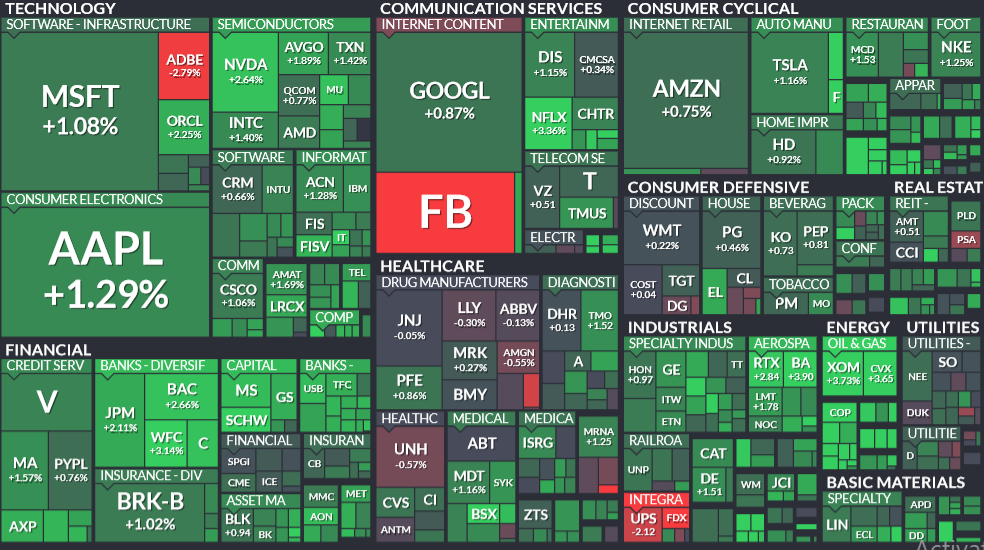Yesterday’s trade saw GBP/USD within the range of 1.5912 – 1.5803 to settle 0.30% lower at 1.5825, ending an entire week of gains.
At 07:23 GMT today GBP/USD was down 0.11% to trade at 1.5807. The cross held in a daily range of 1.5765 – 1.5832 and is down 0.5% for the week so far.
Fundamentals
United Kingdom
The Confederation of British Industry (CBI) is expected to report at 10:00 GMT that the gauge of industrial orders in the United Kingdom probably improved to a reading of 1 in June, following an unexpected drop to -5 in May, which was the first negative reading since October 2014.
This is a leading indicator of business conditions and reflects the net balance between companies that registered an increase in industrial orders during the respective period and those that registered a drop. The CBIs Industrial Trends Survey provides expert qualitative opinion from senior manufacturing executives, on past and expected trends in output, exports, prices, costs, investment intentions, business confidence and capacity utilization. A level above zero suggests that volume of orders is projected to increase, while a level below zero indicates that expectations point to lower volumes. If the survey shows predominant optimism, this would have a certain bullish effect on the sterling.
United States
Durable goods orders in the United States probably contracted 0.6% in May compared to a month earlier, according to the median forecast by experts. In April, new orders for manufactured durable goods declined at an upward-revised pace of 1.0%, following a 5.1% gain in March.
Durable goods orders, as an indicator, gauge the strength of the US manufacturing sector and represent a major portion of the nations factory orders. This is a closely watched report on manufacturing activity because durable goods are the first type of goods to be affected by an economic downturn or upturn.
Durable goods are designed to last three or more years and encompass aircraft, automobiles and buses, cranes, machine parts, appliances etc. More than 85 industries are represented in the sample, which covers the entire United States. The logic behind this indicator is that consumers need to be very optimistic in order to buy an automobile in comparison with, for example, first necessities such as food or clothing. Therefore, durable goods are among the first goods, which a consumer may abstain from purchasing, in case overall economic activity begins to deteriorate. The same is valid for company purchases. During a recession, an airliner is less likely to purchase new planes and as factory output contracts, it is less likely to purchase new machines.
Durable goods orders, which exclude transportation, probably rose 0.6% last month following a 0.2% drop in April. Large ticket orders, such as automobiles for civil use or aircraft, are not present in the calculation, as their value may vary in a wide range. This way the index provides more reliable information in regard to orders for durable goods.
In case orders increased at a faster-than-projected pace, this would have a bullish effect on the greenback. The US Census Bureau is scheduled to release the official data at 12:30 GMT.
Manufacturing activity
Later in the day, a preliminary report by Markit Economics will likely show that manufacturing activity growth in the United States inched up in June, with the corresponding preliminary Purchasing Managers Index projected to come in at a reading of 54.2 following a drop to 54.0 in May.
Chris Williamson, Chief Economist at Markit, commented on last months final data: “With manufacturers reporting the smallest rise in new orders since the start of last year, the survey provides further evidence that the strong dollar is hurting the economy. Falling exports and slumping profits were two weak links in the economy during
the first quarter and look set to act as ongoing drags in the second quarter. While the economy still looks set to rebound from the decline seen in the first quarter, the extent of the second quarter recovery therefore remains highly uncertain and could well disappoint.”
Values above the neutral level of 50.0 indicate expanding activity, and below 50 – a deterioration. In case manufacturing activity growth decelerated, this would have a certain bearish effect on the US dollar, and vice versa. The preliminary data by Markit Economics is due out at 13:45 GMT.
Housing data
House prices in the US probably jumped 0.6% on a monthly basis in April, following a 0.3% increase a month earlier, the Federal Housing Finance Agency is expected to report at 13:00 GMT. If confirmed, this would be the seventh straight monthly gain. Year-on-year, house prices were up 5.2% in March.
This index is based on data provided by Fannie Mae and Freddie Mac and is designed to reflect the average change in house prices across the country or a specific area. A higher-than-expected reading suggests an improvement in the housing market, thus in overall economic activity, and generally has a bullish effect on the US dollar.
The last major report for the day is on new home sales. Purchases of new single-family homes probably increased by 1.5% in May from a month earlier to the seasonally-adjusted annual rate of 525 000, according to analysts expectations. The index surged to 543 000 in February which was the strongest performance in 7 years.
There are several points to watch out for when interpreting the New Home Sales numbers. First of all, houses that are not going to be sold immediately are not included in the statistics. Second, the statistics are taken at the point where a customer has signed a sales contract or has put a deposit down. At this point, the house can be at any stage of construction. Third, the sales figures are not adjusted to take into account the sales contracts, which are eventually canceled by the builder or the customer. However, the same house is not included in any subsequent count when it is eventually sold to another customer.
The new home sales index is an excellent indicator of any economic downturns or upturns due to the sensitivity of consumers income. When, for instance, new home sales drop over several months, this usually is a precursor to an economic depression.
In case the index rose more than anticipated, this would mount buying pressure on the greenback, and vice versa. The Census Bureau is to report the official figure at 14:00 GMT.
Pivot points
According to Binary Tribune’s daily analysis, the pair’s central pivot point stands at 1.5847. In case it penetrates the first resistance level at 1.5890, it will encounter next resistance at 1.5956. If breached, upside movement may attempt to advance to 1.5999.
If the cross drops below its S1 level at 1.5781, it will next see support at 1.5738. If the second key support zone is breached, downward movement may extend to 1.5672.
In weekly terms, the central pivot point is at 1.5766. The three key resistance levels are as follows: R1 – 1.6048, R2 – 1.6211, R3 – 1.6493. The three key support levels are: S1 – 1.5603, S2 – 1.5321, S3 – 1.5158.





